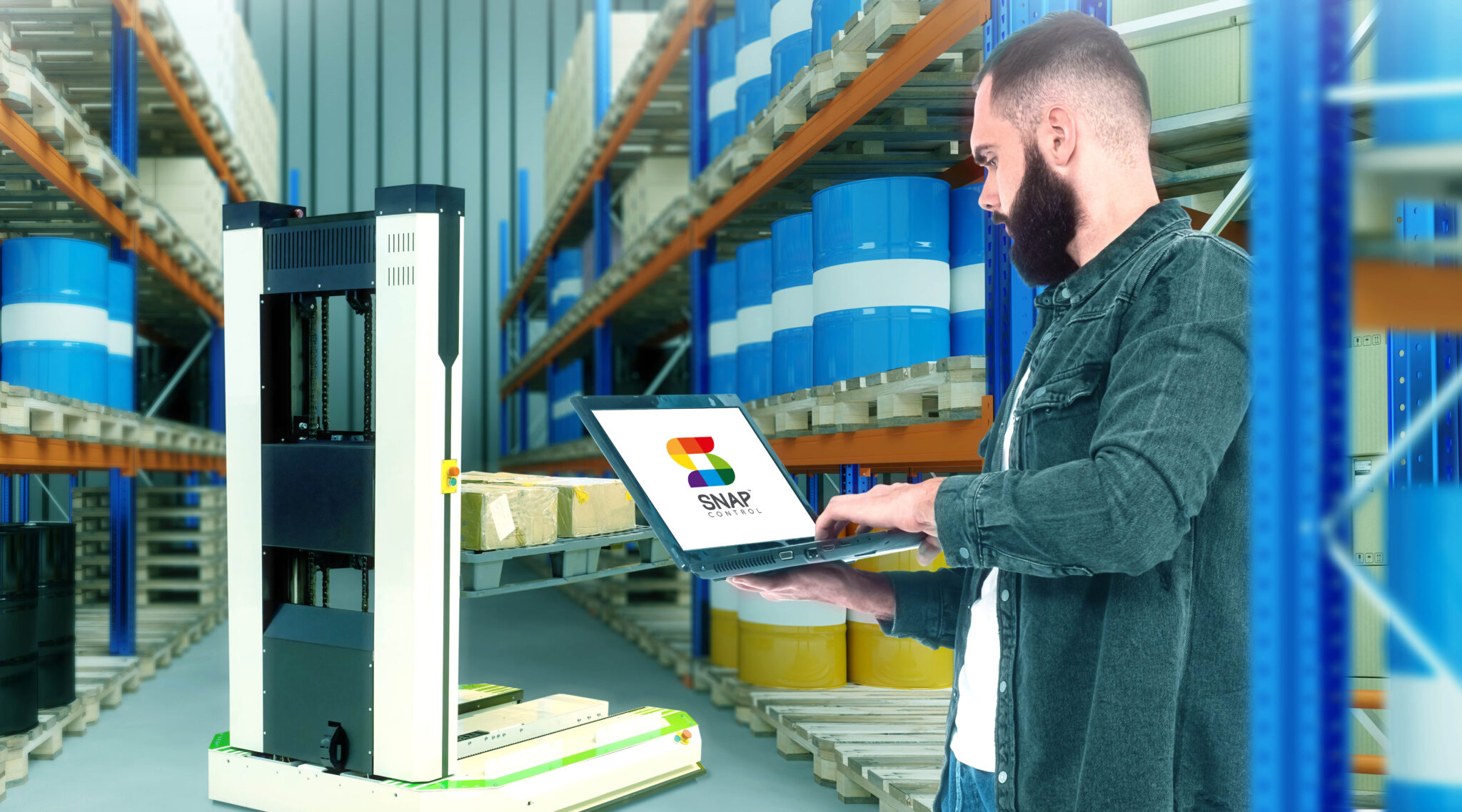DHL Supply Chain has announced the expansion of its partnership with Locus Robotics, a leading provider of autonomous mobile robots (AMRs), increasing its use of Locus AMR robotics within its supply chain operations. As part of this new partnership, DHL Supply Chain will deploy 5,000 Locus Origin AMRs across its global network of warehouses and distribution centres, representing the industry’s largest AMR deal to date.
The expanded fleet of Locus AMRs will provide DHL Supply Chain with advanced automation technology to optimise its supply chain operations, and improve worker productivity, order accuracy, speed, and efficiency. The robots will be deployed across DHL Supply Chain’s global network, further enhancing its capabilities in e-commerce fulfilment, retail replenishment, and pharmaceutical and healthcare logistics.
“An idea is only a good idea if it can scale,” said Oscar de Bok, Chief Executive Officer DHL Supply Chain. “The flexibility and scalability of the Locus solution has been instrumental in helping us meet the evolving demands of the e-commerce landscape and leveraging cutting-edge technology to optimise our operations and deliver an even better experience for our customers.”
“The addition of Locus Robotics AMRs to our network is a major milestone in our digitalisation journey, and we are excited to partner with Locus Robotics to bring this technology to our operations,” said Markus Voss, Global CIO & COO DHL Supply Chain. “By using advanced robotics and data intelligence, we can further improve our operational efficiency, reduce processing time, and continue to improve our customer experience.”
“We are thrilled to be working in an expanded capacity with DHL Supply Chain to bring our industry-leading robotics technology to their global network,” said Rick Faulk (pictured), CEO of Locus Robotics. “As the robotics industry continues to consolidate, Locus Robotics has emerged as the clear leader in the market, and we are poised for further significant growth. Our innovative technology and commitment to customer success have set us apart. With our expanding product offerings and growing customer base, Locus Robotics is well positioned to capitalise on the tremendous opportunities ahead.
Industry’s largest AMR deal
DHL has now surpassed more than 250 million units picked using the LocusOne solution across its global sites. The deployment of the new LocusBots is expected to be fully integrated into DHL Supply Chain’s operations by the end of the year.
“Locus is helping DHL rapidly transform operations through a workforce empowered with the right technology at the right time, to deliver goods where they need to at the speed our modern markets demand,” said Sally Miller, Global Digital Transformation Officer, DHL Supply Chain. “Locus is a critical partner for us as we digitalise our warehouses, distribution and fulfilment centres to efficiently meet increasing order volumes, labour shortages, and rising consumer expectations.”
Locus Robotics is a leading provider of autonomous mobile robots for e-commerce, retail, and Locus Robotics is the world leader in revolutionary, enterprise-level, warehouse automation solution, incorporating powerful and intelligent autonomous mobile robots that operate collaboratively with human workers to dramatically improve product movement and productivity 2–3X. Named to the Inc. 500 two years in a row, and winning over 17 industry and technology awards, the Locus solution dramatically increases order fulfilment productivity, lowers operational costs, and improves workplace quality, safety, and ergonomics for workers. Supporting more than 100+ of the world’s top brands and deployed at 250+ sites around the world, Locus Robotics enables retailers, 3PLs and specialty warehouses to efficiently meet and exceed the increasingly complex and demanding requirements of today’s fulfilment environments.






